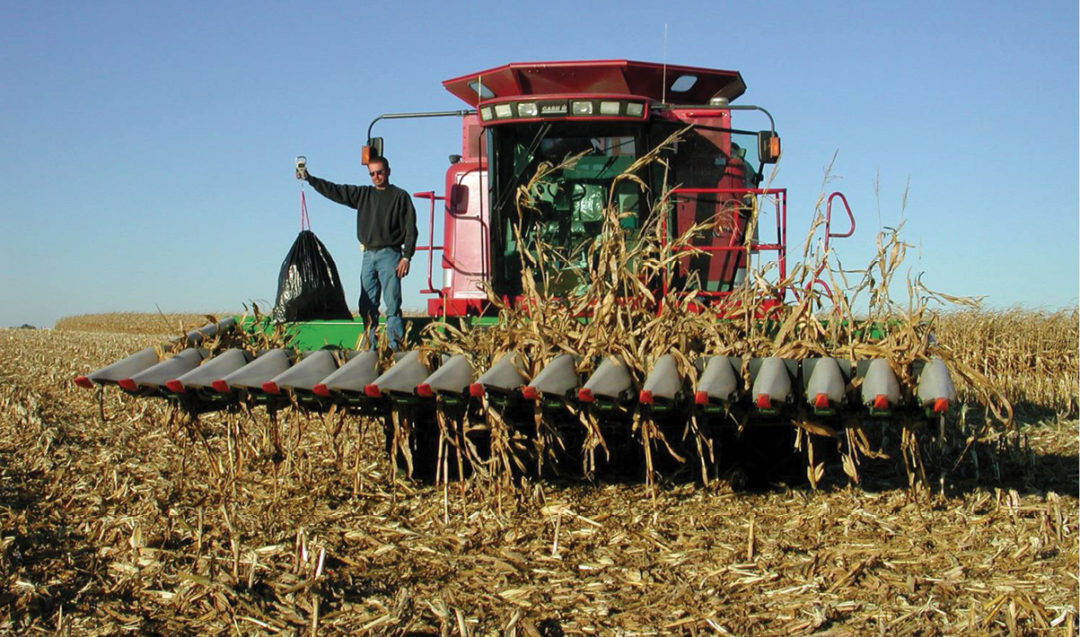No-Till Farmer
Get full access NOW to the most comprehensive, powerful and easy-to-use online resource for no-tillage practices. Just one good idea will pay for your subscription hundreds of times over.

Cut it, chop it, crimp it, split it, shatter it, size it, blow it, fling it or even explode it — just don’t wing it when it comes to harvest residue management.
“Residue is one of those things where there’s the good and the bad,” says Marion Calmer, an Alpha, Ill., no-tiller and owner of Calmer Corn Heads. “We want to leave enough residue to shut down erosion, but keep levels low enough so we can grow a good crop,” Calmer says. “It’s a fine line.”
Managing residue at harvest has become increasingly important as producers switch to no-till, use Bt hybrids with strong, healthy stalks and adopt narrow or twin-row configurations.
“The real problem is healthy corn,” Calmer says.
The Bt trait protects hybrids from insect damage and creates tougher stalks and roots. Add in fungicide applications and corn plants are even stronger. Tougher residue means more no-tillers are looking to their combines and corn heads as a crucial way of managing residue.
“In no-till, the combine and corn head plays two different roles — harvesting and preparing the field for the next year’s planting by sizing and distributing the residue to allow for more efficient seeding the next year,” says Jeff Gray, Claas Lexion senior product specialist in Omaha, Neb.
Without tillage, it’s increasingly important for no-tillers to size and break residue to speed its decomposition and to spread it evenly. As corn heads and grain platforms get wider and wider, spreading residue evenly becomes a real challenge…